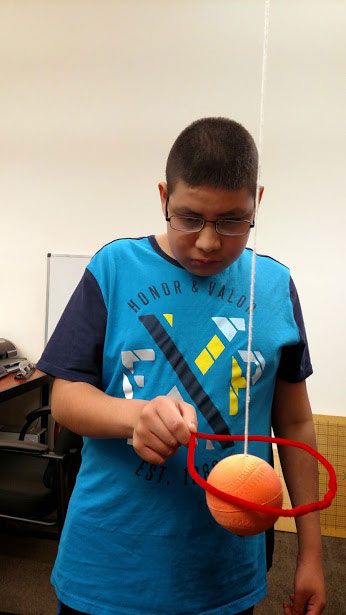Vision Therapy
What is Vision Therapy?
Vision Therapy is a program devoted to developing, improving and enhancing visual performance when lenses alone are insufficient. By training the visual system through eye exercises, symptoms such as headaches, double vision, falling asleep when reading, trouble with reading, poor comprehension, dyslexia, eye fatigue, dizziness, inability to sustain focus, crossed eyes, wall eyes or lazy eyes can be treated. Poor school and sport performance and low self-esteem may also be indications or underlying visual problems which can be addressed with vision therapy.
If you have any questions about Vision Therapy, please contact Lindsay at lindsays@doctorbruce.net .
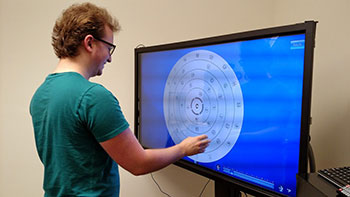
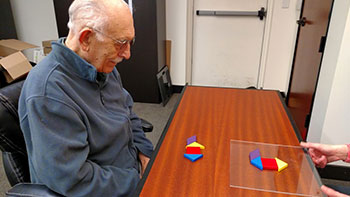

Who Benefits from Vision Therapy?
Children and adults with visual challenges, such as:
Learning-related Vision Problems
Vision Therapy can help those individuals who lack the necessary visual skills for effective reading, writing, and learning (i.e., eye movement and focusing skills, convergence, eye-hand activity, visual memory skills, etc.).To learn more about learning-related vision problems, visit any of these web pages on:
- 20-20 Eyesight and 20/20 Eye Screenings – Not Perfect for Learning and School!
- All About Learning Related Vision Problems
- Learning Related Vision Problems and Attention Deficit Disorders (ADD/ADHD), Dyslexia, and Learning Disabilities (LDs),
- Eyesight & Vision: Vision Therapy Helps Students with Reading Problems or Reading Below Grade Level, Handwriting, Homework, Spelling, and Math, etc.
- Eyesight & Vision: Vision Therapy Helps Students Who’ve Been Labeled Attention Deficit (ADHD), Slow Learners, Lazy Students, Behavior Problems, Special Education, Gifted Learning Disabled, etc.
- Vision Therapy as Treatment for Learning Disabilities
Poor Binocular (2-eyed) Coordination
Vision TherapyVision Therapy helps individuals develop normal coordination and teamwork of the two eyes (binocular vision). When the two eyes fail to work together as an effective team, performance in many areas can suffer (reading, sports, depth perception, eye contact, etc.).To learn more about binocular (two-eyed) vision, visit any of these web pages on:
- What is Binocular Vision?
- What is Depth Perception and Stereo Vision?
- Adults and Children Gain Binocular Vision and 3D Depth Perception
- Adults and Children Improve Eye Tracking and Eye Teaming
- The Eye Hop – Explore Your Binocular Vision
- The Framing Game – A Binocular Vision Test
- What is Seeing Double or Double Vision?
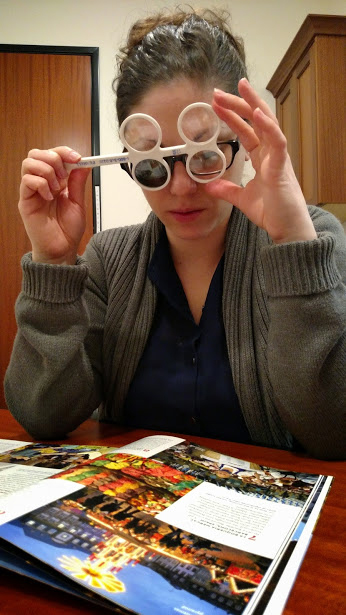
Convergence Insufficiency (common near vision disorder)
Recent scientific research — funded by the National Eye Institute and conducted at Mayo Clinic — has proven that in-office Vision Therapy is the best treatment for Convergence Insufficiency.
To learn all about Convergence Insufficiency, go to:
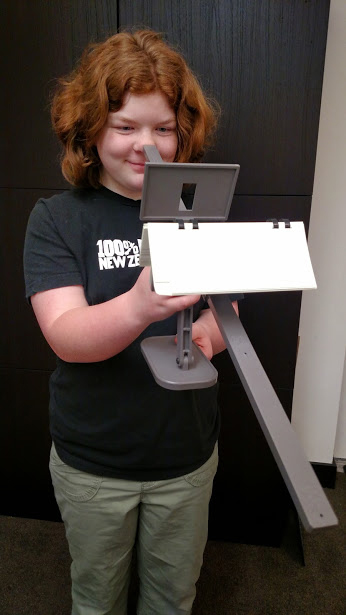
Amblyopia (lazy eye), Diplopia (double vision), and Strabismus (cross-eyed, wandering eye, eye turns, etc.)
Vision Therapy programs offer much higher cure rates for turned eyes and/or lazy eye when compared to eye surgery, glasses, and/or patching, without therapy. The earlier the patient receives Vision Therapy the better, however, our office successfully treats patients well past 21 years of age. Recent scientific research has disproven the long held belief that children with lazy eye, or amblyopia, can’t be helped after age 7. To learn more about crossed eyes, eye turns, or lazy eye, visit any of these web pages on:
- About Eye Turns: Constant (Always) or Intermittent (Sometimes, Occasionally)
- Amblyopia, Lazy Eye, and Strabismus – Not All The Same!
- Children’s Vision: Amblyopia (Lazy Eye), Strabismus (Crossed Eyes, Cross-eyed, Wall-eyed, Intermittent Exotropia, Hypertropia, Esotropia, etc.), Exophoria…
- Eye Muscle Surgery: Treatment for Strabismus, Lazy Eye, Intermittent Exotropia, etc.,
- What is Amblyopia or Lazy Eye?
- What is Convergence Insufficiency Disorder, Intermittent Exotropia, Exophoria?,
- What is Seeing Double or Double Vision?
- Vision Therapy Eye Exercises as Treatment for Amblyopia (Lazy Eye), Strabismus (Crossed eyes), Convergence Insufficiency Disorder, etc.

Stress-related Visual Problems
Blurred Vision, Visual Stress from Reading and Computers, Eye Strain Headaches, and/or Vision-induced Stomachaches or Motion Sickness
21st century life demands more from our vision than ever before. Many children and adults constantly use their near vision at school, work and home. Environmental stresses on the visual system (including excessive computer use or close work) can induce blurred vision, eyestrain, headaches, etc. To learn about these visual problems and vision therapy, see:
- What is a Common Near Vision Problem and the Leading Cause of Eyestrain, Blurred Vision, Double Vision, and/or Headaches?
- Told They Had 20/20, but Still Had Problems…
- Eye Exercises for Blurred Vision, Blurry Eyesight (Reading and Computer Work)
- Dizziness, Motion Sickness, Eye Strain, Stomachaches, Double Vision…
- Eye Exercises for Eye Strain, Eye Fatigue (Computer Work and Reading)
- Relief from Frequent or Chronic Headaches, Visual Stress, Eyestrain and/or Stomachaches during or after Reading, School or Office Work.
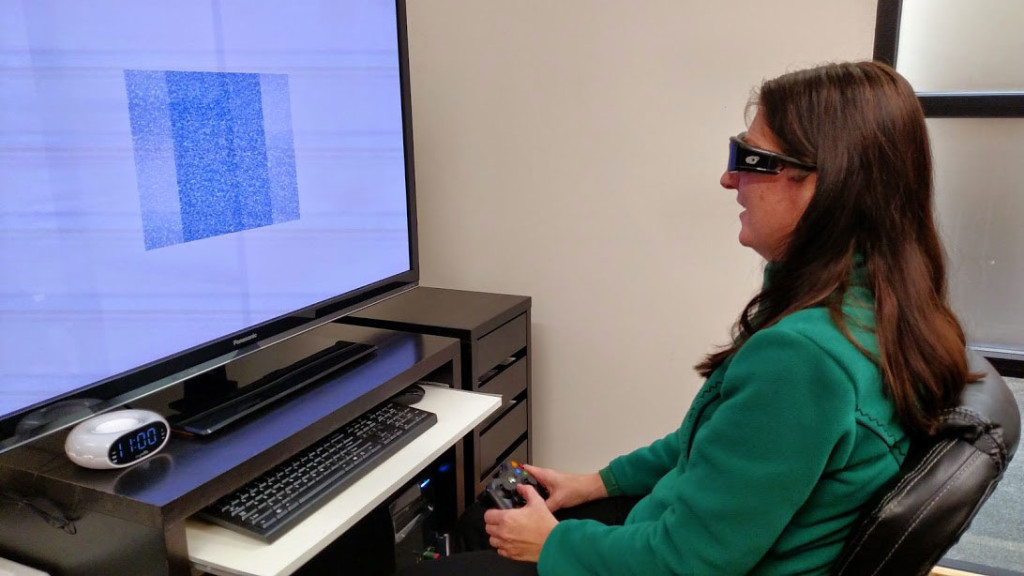
Visual Rehabilitation for Special Needs
Acquired Brain Injury (ABI), Stroke, Birth Injury, Brain Damage, Head Injury, Whiplash, Cerebral Palsy, MS, etc.
Vision can be compromised as a result of neurological disorders or trauma to the nervous system. Vision Therapy can effectively treat the visual consequences of brain trauma (including double vision).
To learn more about visual rehabilitation with vision therapy, see:
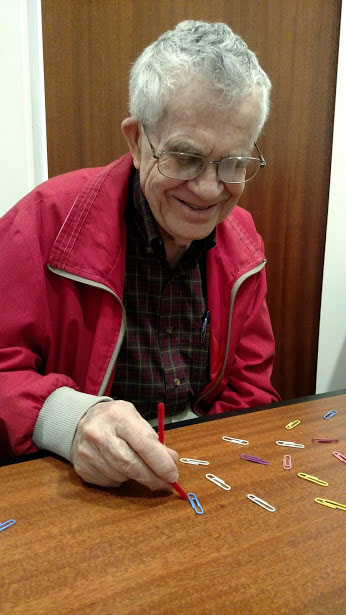
Visual Rehabilitation for Special Needs
Developmental Delays, Visual Perceptual Visual-Motor Deficits, Attention Deficit Disorders, Autism Spectrum Disorders
Vision can be compromised as a result of neurological disorders or trauma to the nervous system. Vision Therapy can effectively treat the visual consequences of brain trauma (including double vision).
To learn more about vision therapy as it relates to developmental delays or disorders, see:
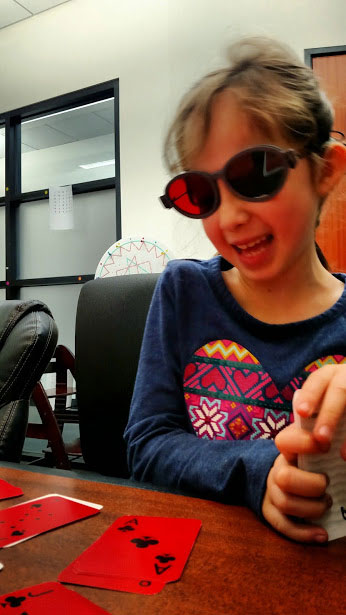
Sports Vision Improvement
Strong visual skills are critical to sports success. Not much happens in sports until your eyes instruct your hands and body as to what to do! We can measure and successfully improve eye-hand coordination, visual reaction time, peripheral vision, eye focusing, eye tracking and teaming, visualization skills, and more. Find out how children and adults improve coordination and sports ability through Vision Therapy.
Vision Therapy can be the answer to many visual problems. Don’t hesitate to contact our office with your questions.
To read definitions of Vision Therapy by outside sources, see What is Vision Therapy? and/or Vision Therapy? Self-help Eye Exercises?. To browse through hundreds of stories writtten by parents, teachers, adults and children, go to a national of catalog of Vision Therapy Success Stories.
